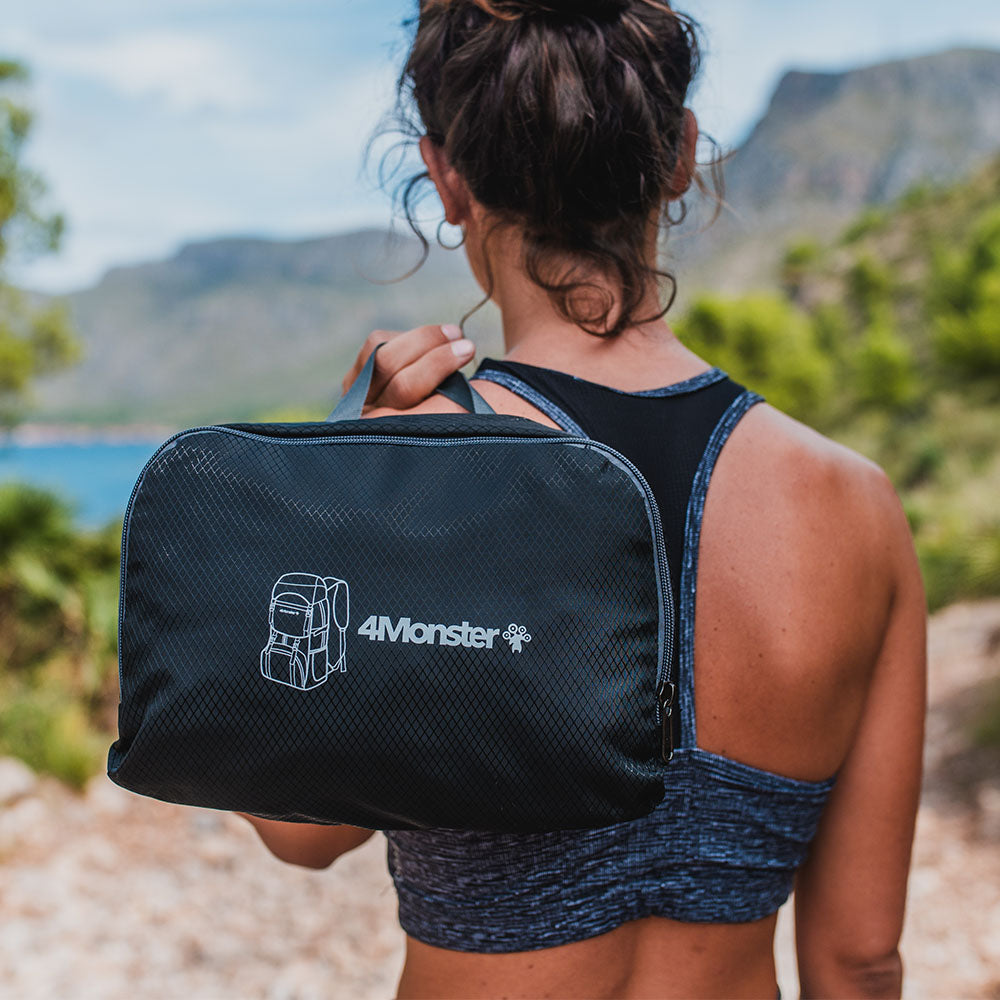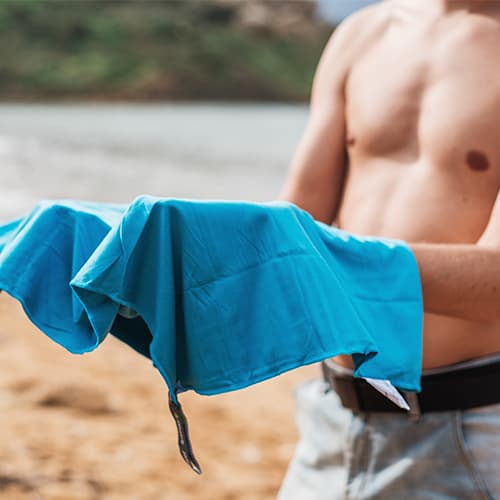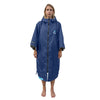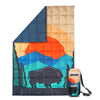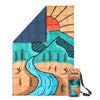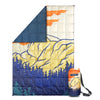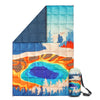People often pay less attention to the construction of the sleeping bag while they are going to buy one, because it is inside the sleeping bags and we couldn’t see or touch directly.
You have to know that the construction of down sleeping bag is a very important part of determining the warmth of sleeping bags.
We talked about the fluidity of the down in our last article, fluidity is the cornerstone of designing and producing all kind of down products. It makes us easier to understand that to make a good down product, basically there are two problems have to be solved:
- How to constraint the fluidity of down?
- How to release the fluffiness of the down more effectively?
First, to solve the first problem, as we said in the last article, the easiest way, is stitching. Just stitch two pieces of fabrics and keep the down in the area we want, in order to limit the square the down stay and make sure that it won’t go all away down to the bottom.
This kind of construction is called ”sewn-through”.
Here is a cross section of a sewn-through down product:

But stitching only solve the fluidity of down, if we don’t solve the second question, the down products will have two apparent defects:
- Where the stitching line is has no warm effect, there are cold points.
-
This will cost a big waist of the filling at the edge of products.
People figured out a way to solve the second problem. Put a fabric as a wall along the seams.We called it “baffled box construction”.

Baffled box construction is the most important construction until now. It can releases the fluffiness of the down more effectively and shows more warm effect of the sleeping bag.

There are many different types of baffled box constructions, and they are designed to solve the two problems better.



